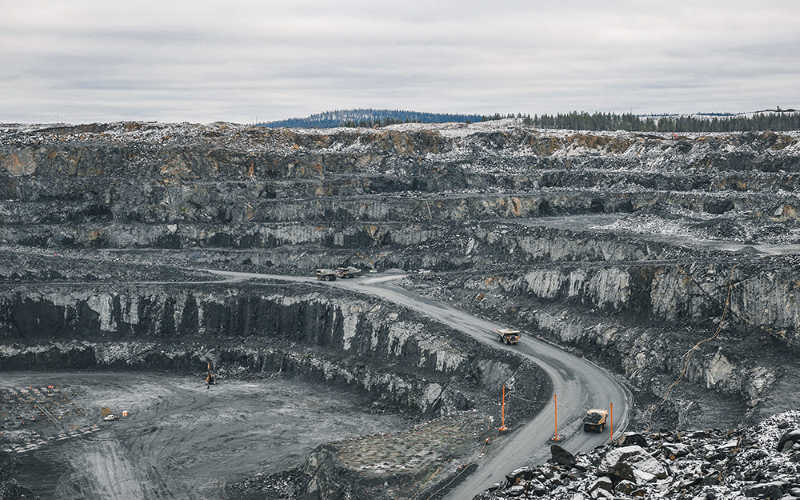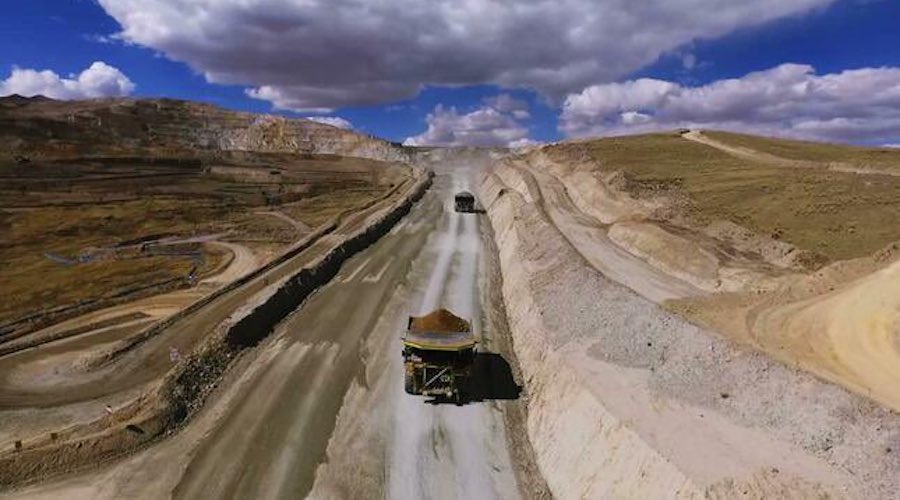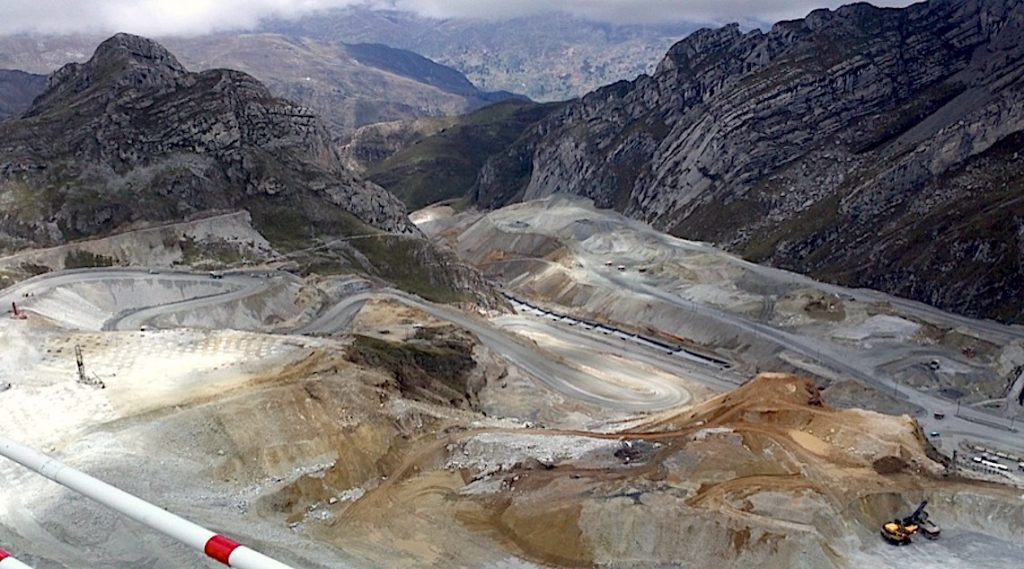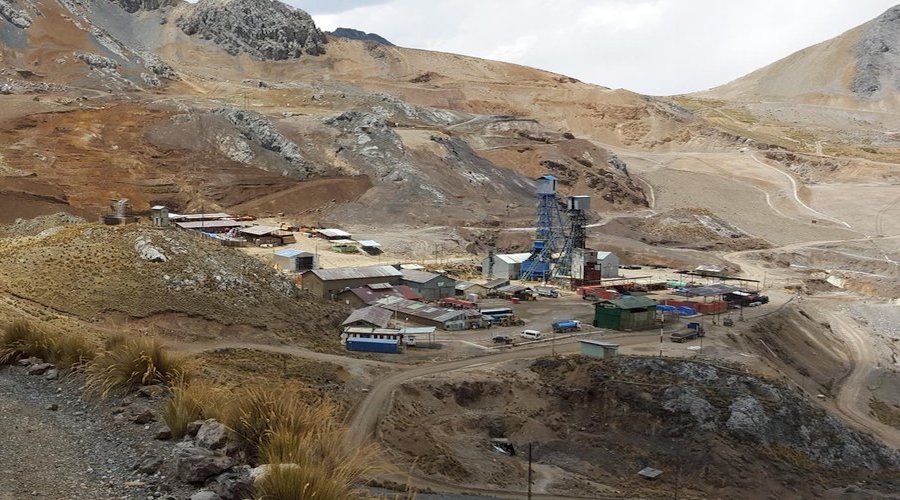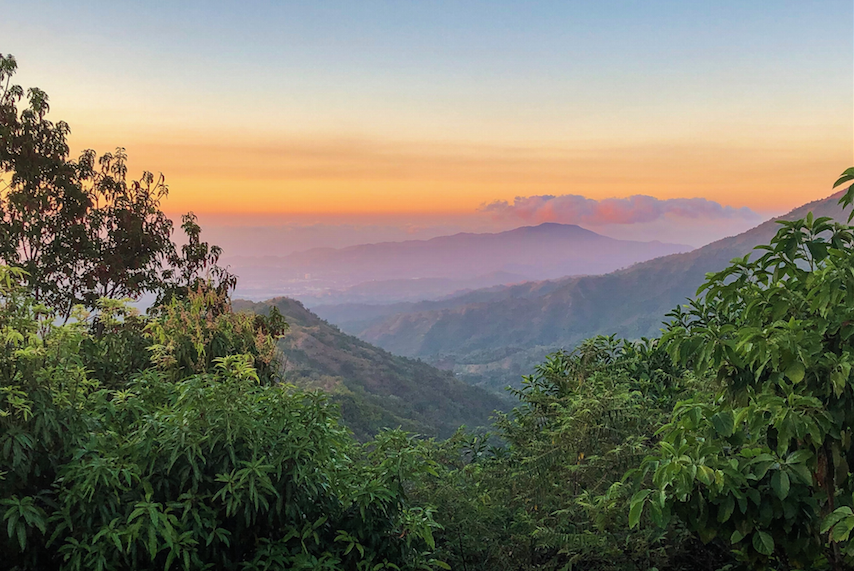For years, the energy sector, and almost every other sector, has taken water for granted, viewing it as an abundant resource. But as we move into a new era of renewable energy, the vast amounts of water required to power green energy operations may not be so easy to find. And it’s not just renewables that are under threat from water scarcity, as it also hinders fossil fuel production and threatens food security.
In recent months, we have seen extreme droughts across Europe and the U.S., which are finally making people realise the significance of water security. Stefano Venier, CEO of the Italian energy infrastructure company Snam, highlights the huge impact recent droughts have had on both food security and energy production. Labelled as ‘Europe’s worst drought in 500 years’, the low water levels have restricted shipping capabilities, as well as drying up soil and reducing summer crop yields.
Venier explains, “For a long time, water was considered [as being] for free, as something that is fully available in any quantity.” He went on to say, “Now, we are discovering that with climate change … water can become scarce.” And so, “we have to regain the perception of importance, and the value [that] … the water has, also, with respect to … energy production… we have discovered that without water, enough water, we cannot produce the energy we need, or we can’t ship the fuels for filling the power plants,” he added.
The drought has already raised concerns for nuclear power plant operators that rely on water from rivers to cool their nuclear reactors. EDF typically uses water from the Rhone and Garonne but rising water temperatures mean that nuclear power output could be reduced during hot periods. The falling water levels have also hindered traditional energy operations such as coal output, according to several European energy firms.
But the issue of water scarcity is perhaps most detrimental to hydropower projects. In the U.S., several hydropower operations are located along rivers with falling water levels, with a higher risk of water scarcity by 2050. Montana, Nevada, Texas, Arizona, California, Arkansas and Oklahoma are the most affected states. A recent study published in the Journal Water found that 61 percent of all global hydropower dams will be in basins with very high or extreme risk for droughts, floods or both. In addition, one in five hydropower dams will be in high flood risk areas, an increase from one in 25 today.
World Wildlife Fund’s Global Freshwater Lead Scientist Jeff Opperman explains, “Hydropower projects must deal with a range of hydrological risks–ranging from too little water to too much–and these risks are projected to increase in many regions due to climate change.” “Already, we’ve seen regions, such as the southwestern US, southern Africa, and Brazil, where hydropower generation has declined due to falling water levels,” he adds.
And it’s not just the U.S. that is facing these challenges. In August, Norway threatened to limit its power exports due to low reservoir levels. The country, which relies on hydropower for around 90 percent of its electricity production, increased regulations on power production to prevent hydroelectric reservoir levels from running out of water. This news came just days after the world’s longest under-sea power cable began transferring hydroelectric energy from Norway to the UK.
Norway’s Minister of Petroleum and Energy Terje Aasland explained, “We need a management mechanism or security mechanism that safeguards national security of supply so that we do not run out of water in our reservoirs.” He added, “We are now introducing a system where, when we come to a situation where the magazine capacity is below what is normal for the time of year and down to a critically low level, there will be a restriction on exports.”
These kinds of restrictions could become commonplace if these severe weather events, and related water scarcity, continue to take place. Europe’s recent heatwave far exceeded the expectations of climate experts, with several countries reaching record highs which led to wildfires in areas that had never previously experienced such events, showing the reality of the effects of climate change.
As well as the detrimental effect water scarcity has on energy output, it also has a hugely negative impact on food production. With several areas of the world seeing poorer harvests year on year, as temperatures soar and water scarcity becomes a challenge, many countries are worried about their food production levels. And the water-food-energy nexus is raising concerns over the impact of the two other factors on the energy sector. We’re already seeing this nexus work the other way, with increasing gas prices causing fertiliser shortages, which have exacerbated the impact of water shortages on agricultural yields further.
With rising concerns over water scarcity, mainly due to climate change, there are fears that the big transition to renewable energy will be hindered even further. However, even traditional fossil fuel production cannot escape from the effects of water scarcity, and the water-food-energy nexus may further exacerbate the situation, meaning that plans to mitigate this scarcity must be quickly established to avoid a major energy crisis.
By Felicity Bradstock for Oilprice.com
